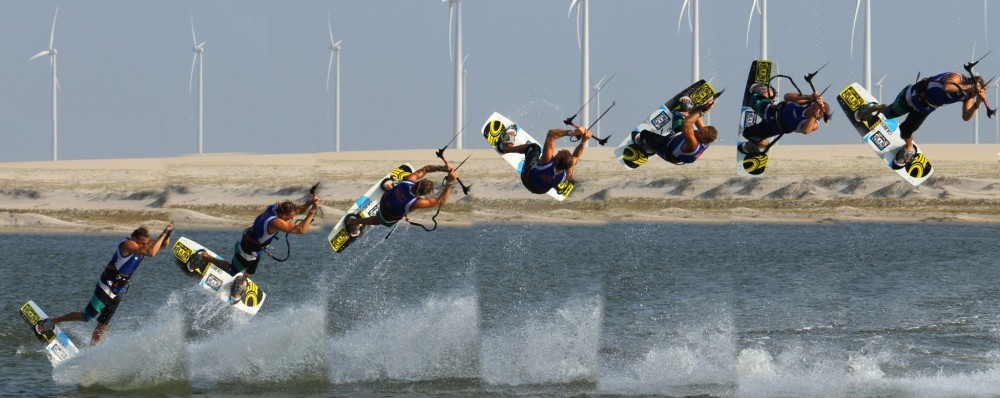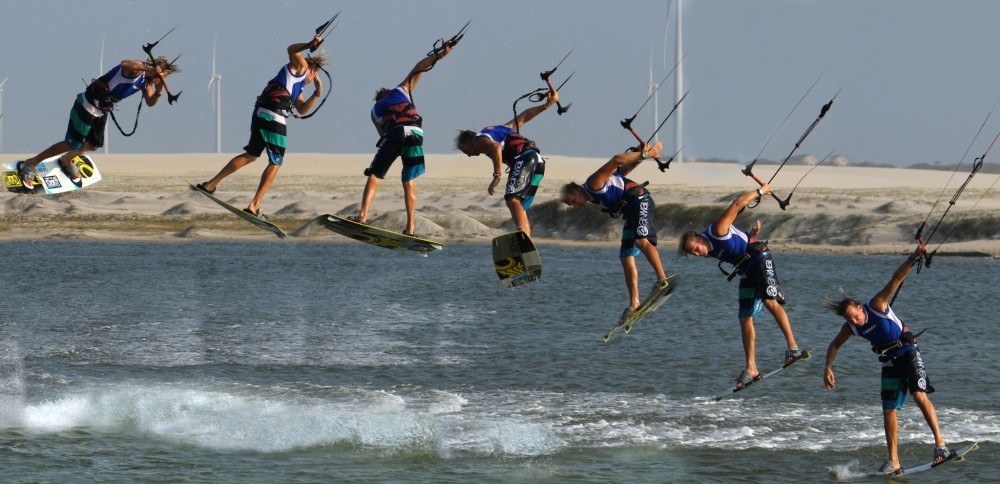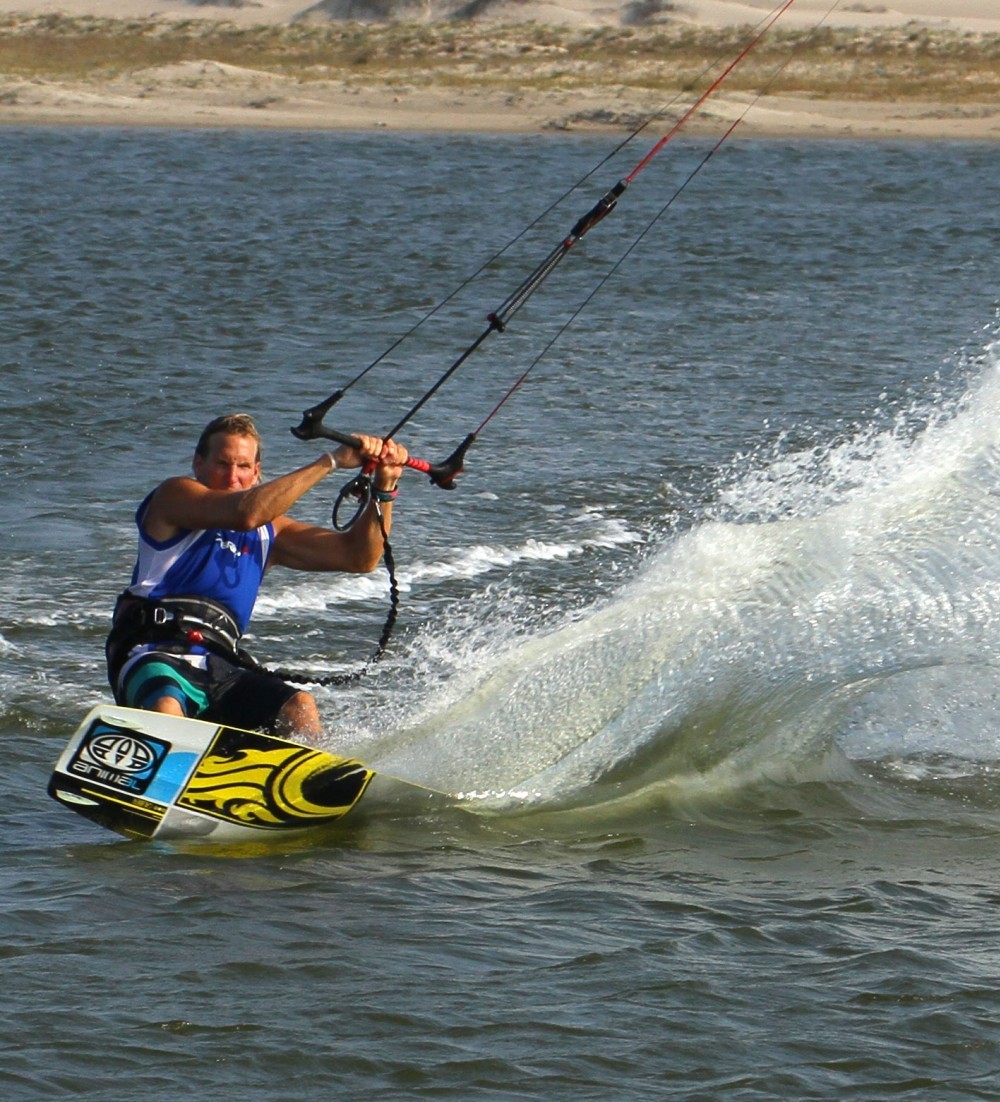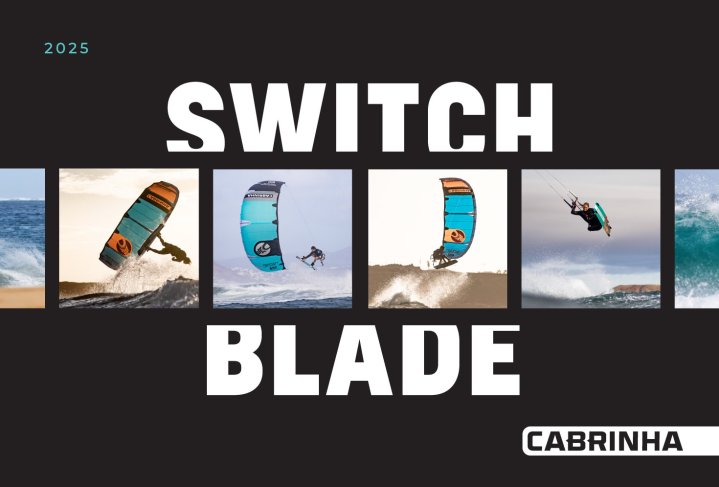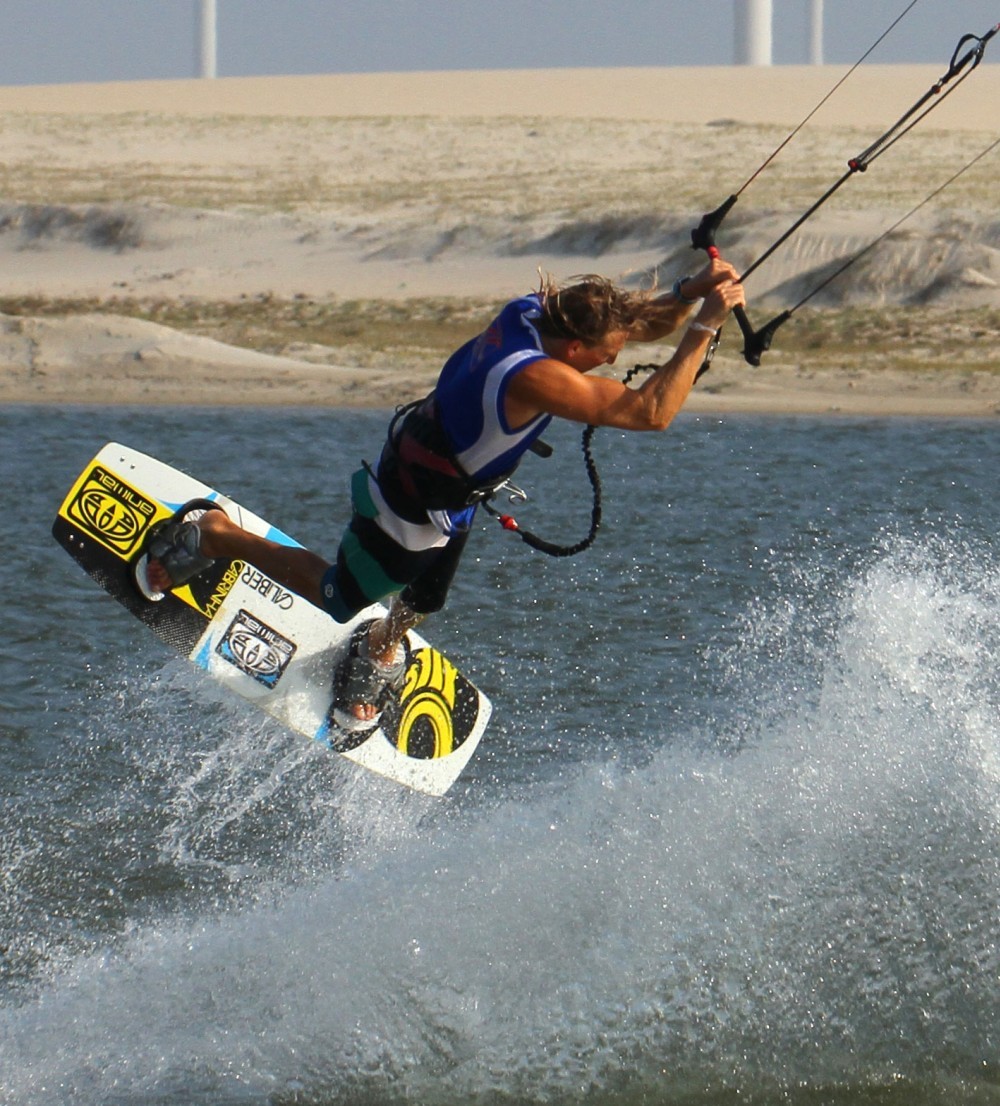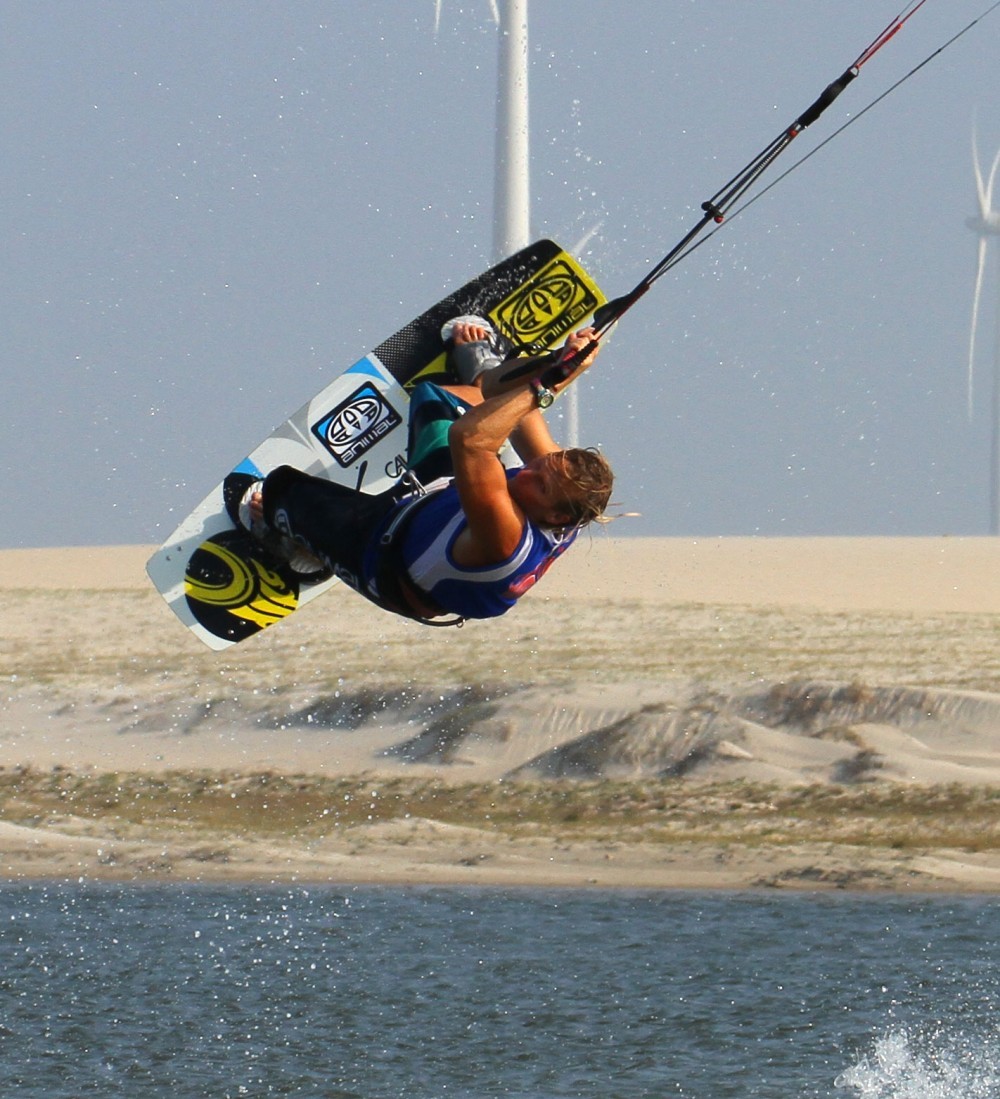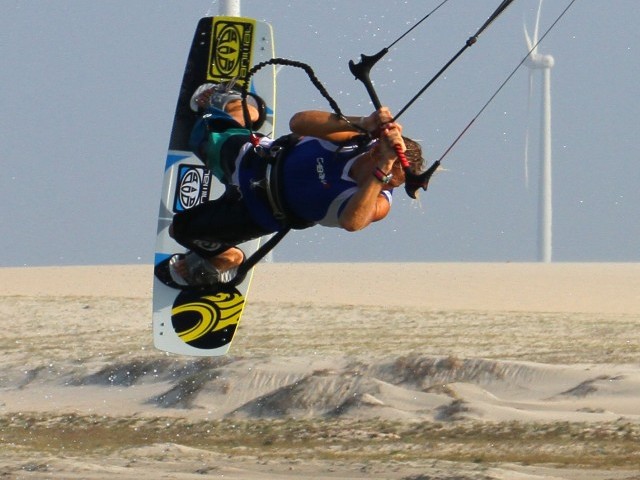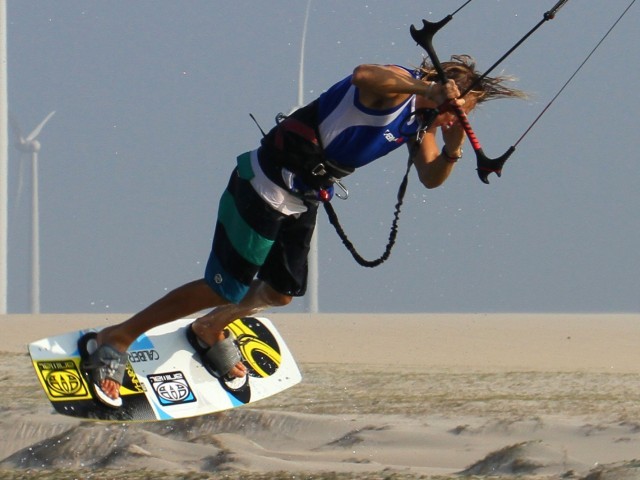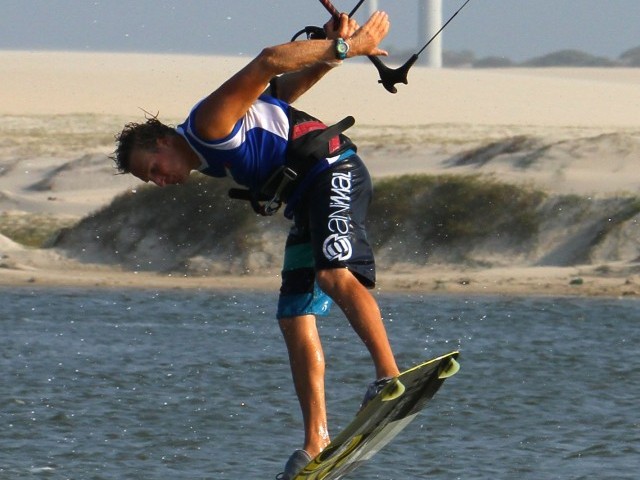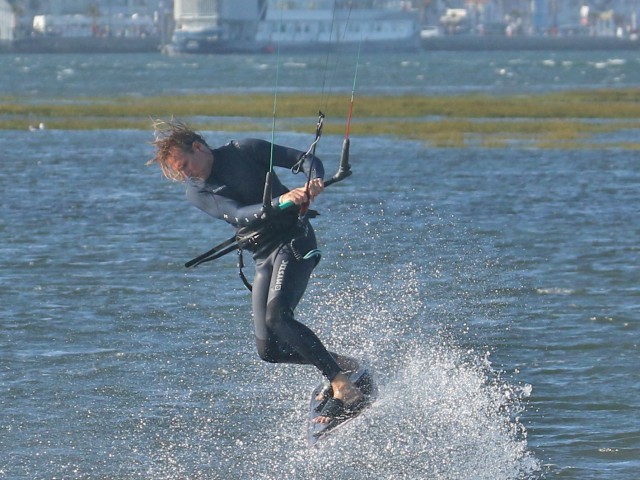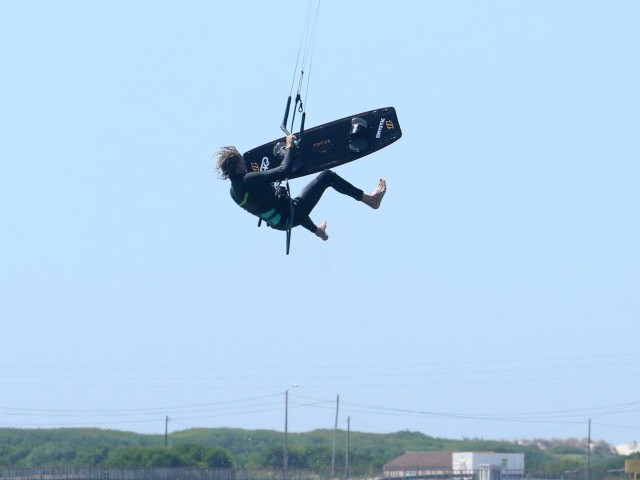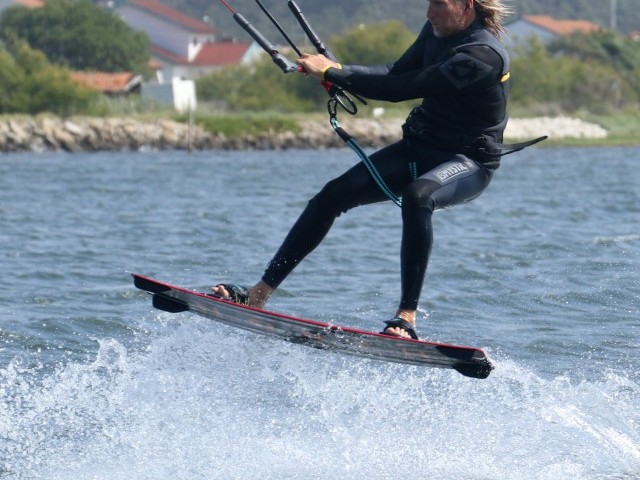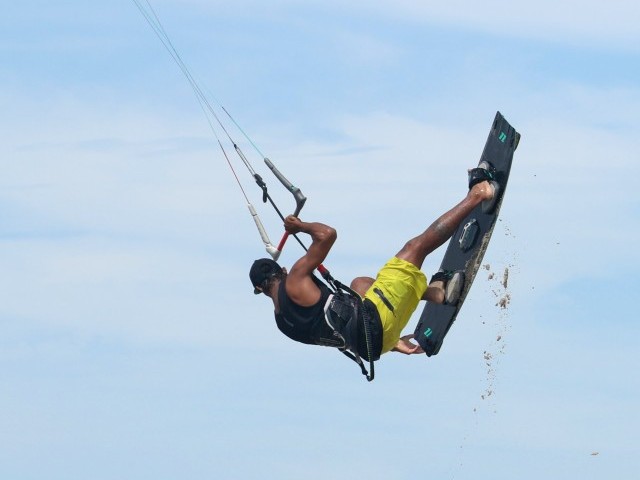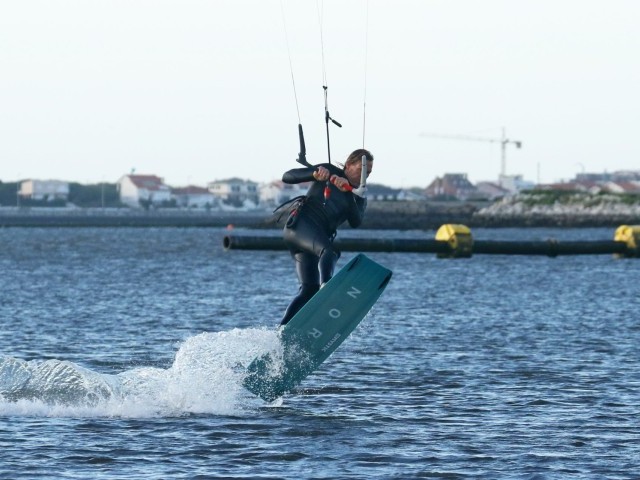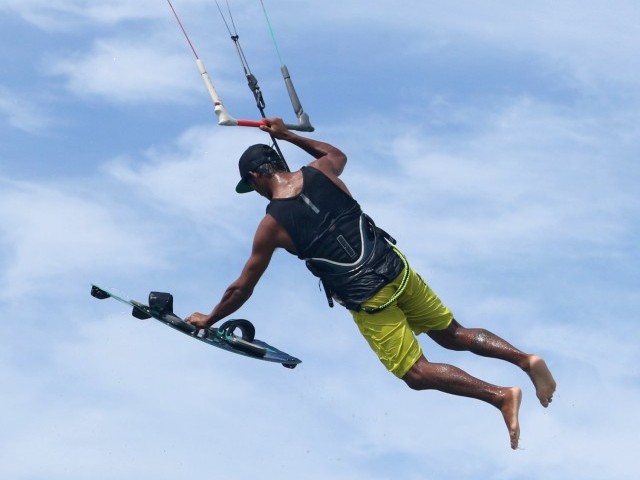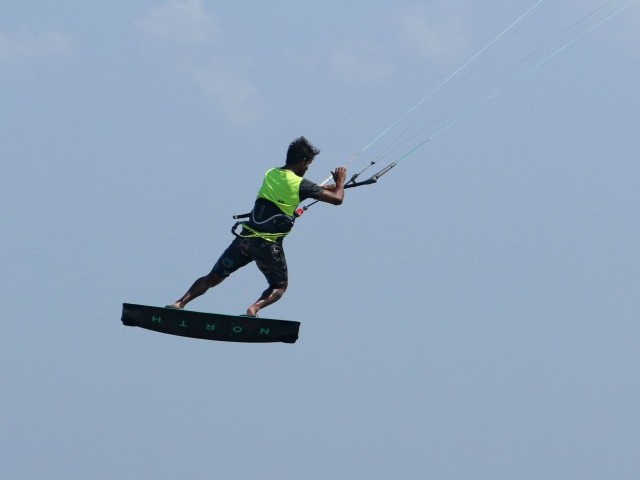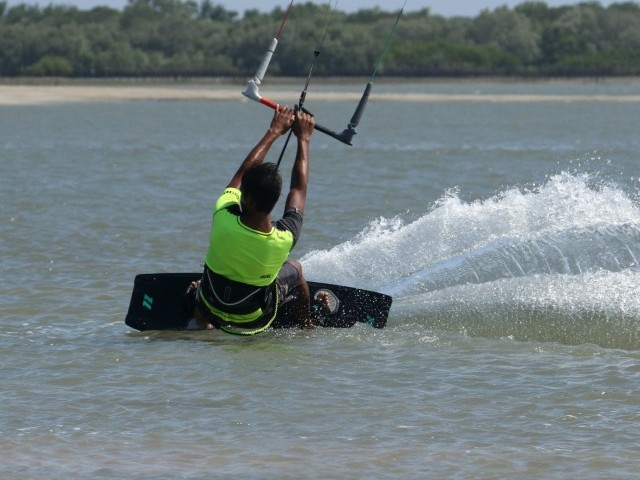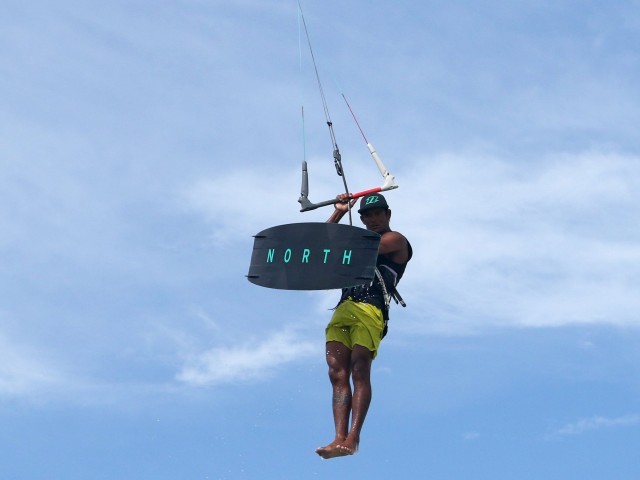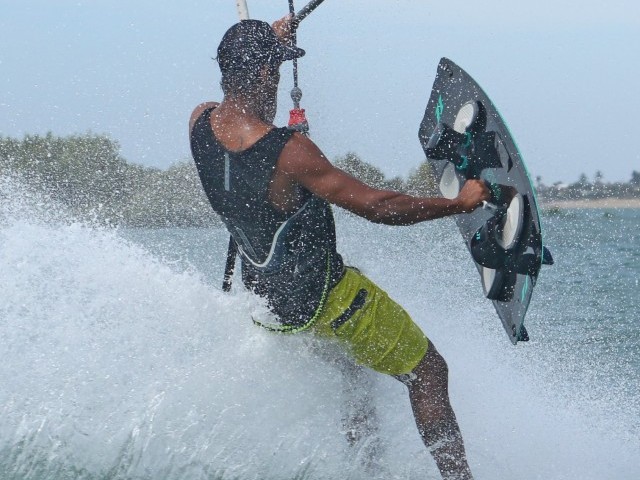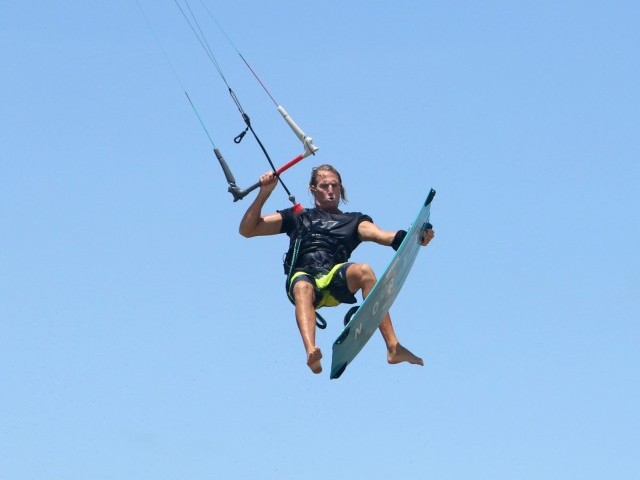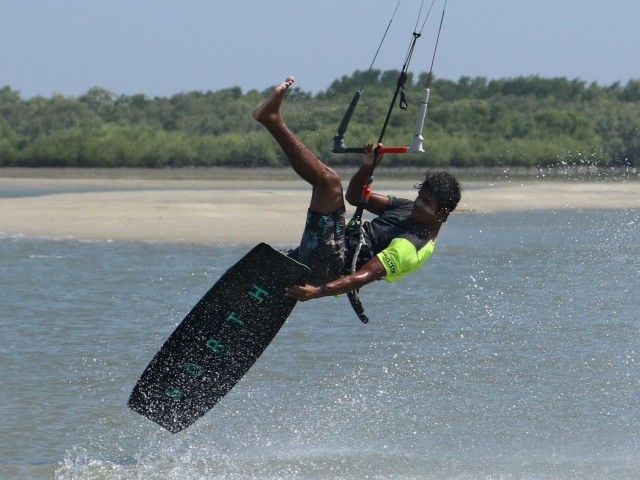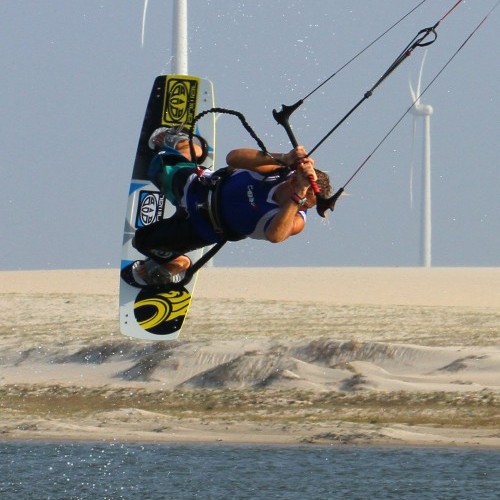
S-Bend Pass
Technique / Advanced
Introduction
The S-Bend Pass, or aggressively popped front loop pass, is your next stage on from landing blind. It’s a blind judge tagged onto the end of an S-Bend in much the same way that blind is tagged onto an S-Bend. Herein lies the secret, as once again you’ll be tying together two moves that you can hopefully/presumably already land, as opposed to trying to learn something completely new from scratch.
With this in mind let us spare a thought for what you’ll be trying to achieve to get this little monkey nailed.
Supposing that you can already throw down a decent S-Bend, the chances are that you’ll be finishing your rapid rotation and landing shortly thereafter, with perhaps time to throw in a very quick last minute blind. To fit an air pass into the equation you’re going to need a bit more height, so extra pop and dare we say it a higher kite! The idea being that you’ll finish your rotation at the apex and still have time to pass.
Added to this your pass will be similar to that of your blind judge. You’ll be pulling like a premiere league footballer on a Thursday night and swinging your front leg through to rotate and get balanced and close to the bar. Hence you’re not trying to rotate into the pass from your spin but rather pull into the pass as you normally would.
Pic A
Getting all the pop that you can, with sufficient height, a light bar and time to land will require some beans! Here we see Christian about to pop and he’s not mincing about. He’s come in with the kite around 1 o’clock and plenty of speed. The approach is everything to good pop, so he kept his shoulders behind his hips whilst unhooking and his weight over the back of the board. Added to this as you can see pre-pop, his back leg is flexed ready to explode but it is not bent and soft – this way he can still resist and keep the board between him and the kite for maximum pop. Even though the aim is to rotate forward Christian is edging just as he would to go into a Raley – as hard as he can! Final point here would be that if you need a tad more height, now is the time to sneak the kite up a bit to help you launch into the stratosphere.
Pic B
Christian has popped hard, by really pushing against his back leg, kicking at the back of the board. With the speed, body position and kite position this results in a fair ping forward and up. There is no effort from Christian to move forward towards the kite – he has no choice. Points to note are the extended back leg, still straight from the pop, and even more importantly the fact the board and Christian’s front leg have flicked upwind whilst his hands, head and shoulders are turning the other way into the rotation. Although this is by no means a laid out full Monty S-Bend, you do need to let your legs turn upwind so that they get left behind, as only then will you come out of the rotation in a position which you know and trust from you Blind Judge. Concentrate on waiting just a split second after take off before throwing your head and shoulders into the rotation. Keeping your elbows in will help get your head around quicker.
Pic C
This is the result of the take off in the previous picture. Only half way around his rotation Christian can already start to spot his landing, or at least see some water. This gives him notice and allows him to prepare for the pass. From this position your aim is to get your head and hands around the rest of the rotation, and check that you’ve got enough height to go for the pass.
Pic D
You should almost recognise this one, as it’s not a million miles off the position you’d be in pre Blind Judge post Raley. The board and legs are high and flicked back and upwind, the bar is turned palms upwind, it’s just the shoulders that are a bit extreme, but they’re on their way around. With his front leg extended and high, Christian now pulls with all he’s got, bringing his hands down towards (and mythically) past his right leg, whilst pulling his right knee up towards his hands. This will get the rotation for the air pass under way, so all that’s left now is to commit to the pass and try and keep your eyes open.
Pic E
As Christian’s front leg swings down and through under the bar Christian releases his back hand and turns his head, just as he would in a Blind Judge, twisting his front hand down and around, which lets his head and shoulders turn further into the airborne blind. Although in this picture the legs are frozen slightly behind him, they are in actual fact moving at high velocity forwards, swinging downwind towards the bar.
Pic F
As a result they rock the board under the bar. This places Christian in a rather less intimidating position, with his weight over the board and his feet under him, and allows him to rotate around his front arm and look for the pass with his free back arm. Once again just like the Blind Judge, you can do all the good work leading up to this point, but if you don’t “look for the pass” with your free hand, it just isn’t going to happen. Once you’ve passed the bar try and hold your arm close as it’ll pull your shoulders up for a more professional looking landing.
Top Tips
Without a doubt, before attempting the air pass bang out a plethora of high S-Bends to find out what take off works for you. You should be able to land them even if you finish your rotation up high, as this demonstrates that you’re not trying to over rotate into the pass.
Once you’ve built up both your confidence and your awareness of where you are in the air you can go for the pass. Remember that you may need to hold on a bit longer than you think before you can grab the bar with your free hand, and if you keep letting go you won’t rotate far enough to pass.
Have a look at Sequences 1 and 2 to get an idea of the timing. We’ll not talk through each step but just note that the pass is “activated” up high. If you wait until you’re coming down you’ll have no time, so get that S-Bend out of the way early.
Common Problems
Bar pulling up and away as kite goes high. This is the classic. If you try and go into this move conservatively you’ll not get the pop, so to make up for it you’ll be sticking the kite right up and making the pass nigh on impossible. So find some deep water and give the take off some real welly!
Passing the bar but board is still too far behind and upwind of you. If you’re getting the pass but not landing, or landing really on your heel side edge, you are not pulling your legs underneath you and swinging them under the bar. So make sure you bully both your legs as well as your arms. If you bring your knees up too early you also will not be able to swing your legs through, so let them extend behind you on take off.
Keystones
- Speed
- Carve super aggressively
- Pop, Wait, Rotate
- Spot landing & pull hands hard and early
- Front leg through, release & twist
This technique article was in Issue 30 of IKSURFMAG.
Related
By Christian and Karine
Christian and Karine have been working together as a coaching team, running improver to advanced kitesurfing clinics since 2003.






